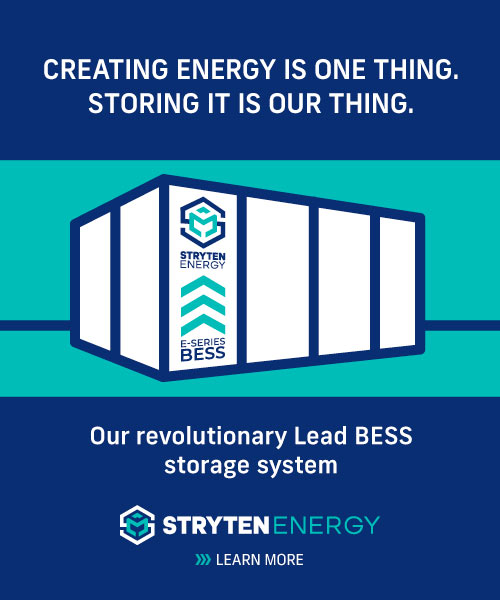Real Estate for the Long Run
Current market conditions and history favor investors with upper single-digit return expectations over a 10-year hold and an ample debt coverage cushion.
By Dr. Peter Linneman
This appears to be a difficult investment environment in which to generate honest 15–20 percent returns, as pricing is full, rental growth is moderating as new supply satisfies growing demand and debt is capped at 65–80 percent loan-to-value. In addition, there is little room for further cap rate compression, with many investors fearing cap rate expansion. That said, we believe that it is an excellent time to invest for upper single-digit returns over a 10-year hold with 40–80 percent LTV.
Our scenario for solid returns over the next decade revolves around two factors: the ability to lock in debt at interest rates that provide attractive debt service coverage by historical standards, and the fact that history indicates that even if you purchased at a cyclically high price, you generally do okay over a 10-year hold period. On the first point, it is important to have a sufficient debt coverage cushion to service your debt and avoid getting squeezed (or panicked) out of your investment in the bad years. And secondly, markets are self-adjusting over time: As supply ceases and demand growth resumes, the cash-on-cash return rises, pushing NOI upwards.
Today’s low interest rates relative to cap rates versus previous cyclical highs means that not only are cash-on-cash yields higher going forward than in the past, but also that the possibility of being squeezed out of ownership is relatively low. This value recovery is reinforced by the fact that construction costs have risen by 50–100 bps in excess of general inflation over the long run due to the heavy weighting and extreme importance of labor costs (which rise about 1–1.5 percent above inflation annually) in construction.
Lessons Learned
Consider what history suggests for a long-hold investor. Had you purchased an asset for $100 million in early 2007 at the cyclical peak pricing for apartments (think of the Archstone deal) and held for the very challenging ensuing decade, which was characterized by abnormally slow growth and low general inflation, you would find that your property had risen in value to about $140 million in 2018. You would also find that the cap rate a decade later is roughly the same as the cap rate at which you purchased, meaning the value gain derived from NOI growth rather than cap rate compression.
If values from the cyclical peak to a decade later are flat (as has been the case for the office sector), the 10-year IRR is about 4–5 percent, while a 10-year total appreciation of 10 percent generates a 6–7 percent IRR, and a 20 percent appreciation generates an 8–10 percent IRR over the decade. If the collapse was forestalled by just a year or two, the returns would be modestly better due to rising NOI before the decline. And inspection of previous cyclical highs indicates similar 10-year investment performance. This result is very similar to Jeremy Siegel’s “Stocks for the Long Run” thesis for equities, even when purchased at cyclical highs. And we believe the reasons are the same: the reduction of capacity during downturns, the recovery of demand, and some general inflation feeding appreciation.
Dr. Peter Linneman is a principal & founder of Linneman Associates and Professor Emeritus at the Wharton School of Business, University of Pennsylvania. www.linnemanassociates.com
Follow Dr. Linneman on Twitter: @P_Linneman










You must be logged in to post a comment.